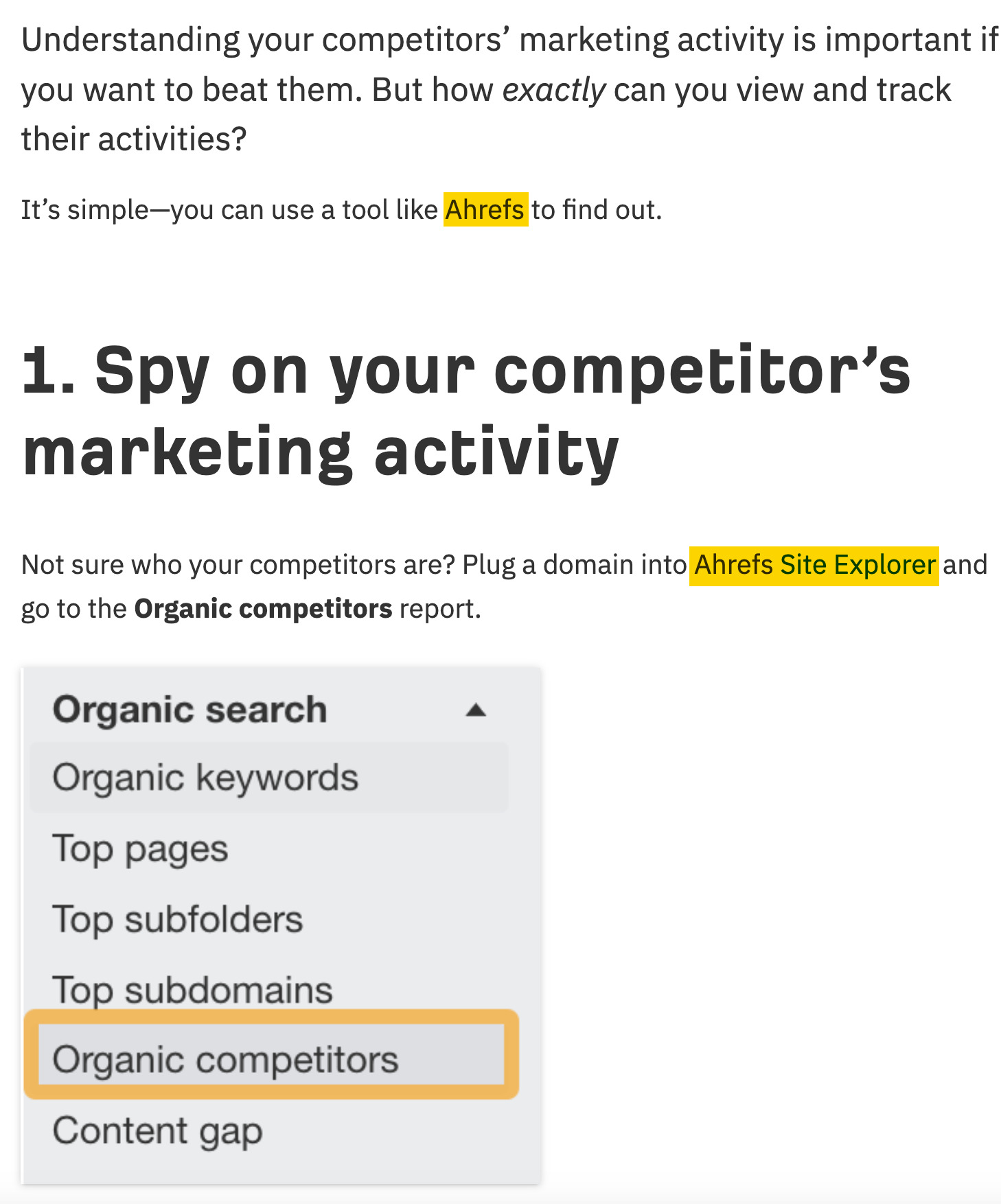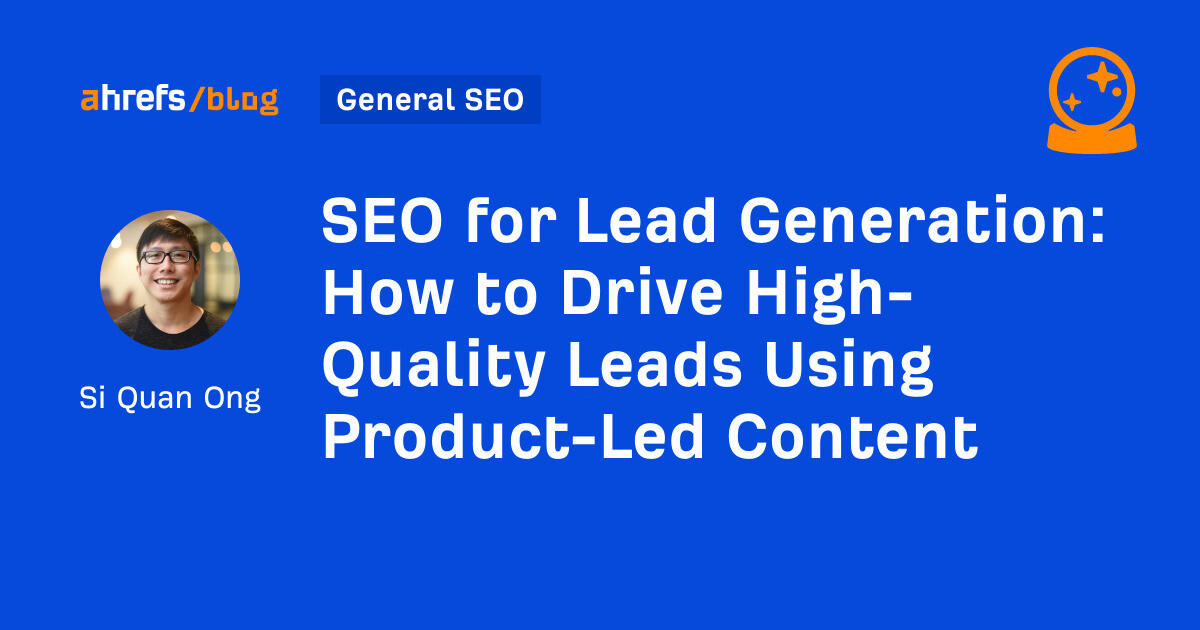[ad_1]
The great thing about search engine marketing is that searchers are actively searching for your product/service or the issue you clear up.
This normally means higher-quality leads, which makes search engine marketing a implausible lead-generation channel.
Nonetheless, it doesn’t imply you’ll be able to create any piece of content material, gate it, and hope that you just drive hundreds of results in your online business.
Neither are you able to ship these results in a devoted autoresponder sequence, and so they’ll immediately be “nurtured” and “able to purchase.”
The buyer’s journey doesn’t work like that in the actual world:
- The client’s journey shouldn’t be linear – No person’s looking for an issue, discovering the answer, instantly leaping on a demo name, and changing right into a buyer.
- In the event you’re creating top-of-the-funnel (TOFU) content material, your “leads” are early within the marketing funnel – They most likely don’t know they’ve an issue or simply found it. So whereas they’ll technically be thought of “marketing-qualified,” the gross sales growth representatives (SDRs) are going to seek out them of poor high quality and a waste of time. (And these leads will surprise why SDRs are calling them!)
That’s why, on this put up, we’re going to discover a greater technique to generate leads by way of search engine marketing.
Find out how to use product-led content material to generate leads by way of search engine marketing
Product-led content material weaves your product into the narrative to assist clear up an issue. It’s not a tough promote. You’re not attempting to aggressively pitch your product. You’re nonetheless attempting to supply useful recommendation, except presenting your services or products as the perfect answer.
Product-led content material is the primary means we generate leads and clients at Ahrefs. And it works:

It really works nicely as lead era as a result of:
- For many companies, there’s a group of people who find themselves searching for options or prepared to purchase. These individuals make nice leads. You’d need to goal them first earlier than going up the funnel. Our course of of making product-led content material primarily targets such key phrases.
- Product-led content material reveals your services or products in motion. It encourages a easy subsequent step for them to enroll in a trial, demo name, or extra.
So how do you create product-led content material that generates leads? Right here’s how:
1. Do key phrase analysis
Product-led or not, you want a means for individuals to find your content material. On condition that 53.3% of all website traffic comes from organic search, Google’s an excellent place to begin.
However if you wish to get search visitors from Google, you have to goal subjects that individuals are looking for. That’s the place key phrase analysis comes in.
Key phrase analysis is the method of discovering useful search queries that your goal clients kind into engines like google to search for merchandise, providers, and data.
The best technique to start is to make use of a key phrase analysis software like Ahrefs’ Keywords Explorer:
- Go to Keywords Explorer
- Enter one or a couple of related key phrases
- Go to the Matching phrases report

Look by way of the report and select the key phrases which might be related to your web site.
Don’t take into consideration whether or not you’ll be able to create product-led content material for these key phrases but. We’ll try this within the subsequent step. For now, deal with accumulating as many related key phrases as potential.
2. Assign every key phrase a “enterprise potential” rating
To make product-led content material work, the easiest way is to focus on key phrases with excessive shopping for intent.
The best way we determine these key phrases is to assign the entire key phrases we found in the 1st step with a “enterprise potential “ rating.

By prioritizing solely subjects that rating at the very least a “2,” we be sure that each point out of our product is pure.
3. Create product-led content material that ranks
That is essentially the most troublesome a part of the method. That’s as a result of creating an incredible piece of product-led content material isn’t merely whipping up a 1,000-word weblog put up and including a hyperlink again to your trial or session name.
It typically requires deep product data, creativity, and sensible copywriting. Primarily, the author wants to:
- Perceive what Google and searchers are searching for—and match it.
- Perceive the services or products so nicely that they’ll weave in use instances naturally.
- Add distinctive nuggets of knowledge in order that the put up not solely stands out on the SERPs but in addition encourages individuals to hyperlink to it.
- Make certain the content material is partaking and never “oversell” the product.
Let’s have a look at what’s concerned:
Match search intent
If you wish to rank excessive on Google, you have to perceive why the searcher is searching for a specific matter. This is named search intent and you may determine it out by analyzing the SERPs for the three Cs:
- Content material kind – Are they weblog posts, product pages, touchdown pages, or one thing else?
- Content material format – Are they tutorials, listicles, how-to guides, recipes, free instruments, or one thing else?
- Content material angle – Is there a dominant promoting level, like low costs or how straightforward it is?
For instance, if we’re concentrating on the key phrase “inbound advertising,” the three Cs will be:

- Content material kind – They’re all weblog posts.
- Content material format – They’re all definition-style guides.
- Content material angle – No explicit standout angle for this key phrase.
So if you wish to rank for this key phrase, it’s probably you’ll need to create a definition-style weblog put up.
Cowl vital subtopics
If there are subtopics that a lot of the top-ranking pages cowl, it’s probably they’re vital and searchers count on to see them.
We are able to discover out what these subtopics are by frequent key phrase rankings:
- Enter your key phrase into Ahrefs’ Keywords Explorer
- Scroll all the way down to the SERP overview
- Choose three to 5 top-ranking articles (ensure they’re related)
- Click on Open in and select Content material hole

We’ll then choose the Intersection dropdown and select “4, 5” to see solely essentially the most related subtopics:

On this instance, it’s probably we’ll need to cowl these:
- What inbound advertising is
- Examples of inbound advertising
- Inbound advertising methods
They may make good subheadings for the put up.
Insert distinctive nuggets of knowledge
Hyperlinks are a confirmed Google ranking factor.

However if you need individuals to hyperlink to your content material, you have to give them a cause to. Listed below are some the explanation why individuals hyperlink:
- Knowledge – You will have unique knowledge, numbers, or statistics. This may be out of your firm’s inner knowledge, surveys, or polls. For instance, we studied our database to find that 66.5% of links to sites in the last nine years are dead.
- Professional evaluation and insights – You will have insights from business consultants that nobody else has entry to. These might be in-house or exterior. For instance, our post on ChatGPT use cases for SEO is predicated on our understanding of how the AI software can and can’t assist.
- Private expertise – You will have a singular set of experiences that nobody can replicate. For instance, our post on what an SEO agency does was written primarily based on Chris Haines’ 10-year expertise working in an company.
- Robust opinions – You will have a set of opinions that’s contrarian, different, or just totally different from different consultants. For instance, Patrick Stox’s post about how going viral doesn’t help with SEO generated some debate and controversy.
- New and distinctive services or products – You’ve created a services or products that’s unusual, distinctive, or solves an vital downside. For instance, our beta launch of our search engine garnered fairly a couple of media mentions.
You’ll have to seek out methods to insert such distinctive nuggets of knowledge into your content material.
Weave your product naturally into the content material
Wherever it is sensible inside the content material, embrace your product use instances. With step-by-step particulars (utilizing screenshots, GIFs, and movies), present your readers clear up issues together with your product.
There isn’t any “proper” means to do that neither is there a “appropriate” variety of use instances you need to embrace. It depends upon your product, the issue you’re fixing specifically, and your copywriting abilities.
You’ve seen how I’ve naturally included many Ahrefs use instances on this put up. Right here’s one other instance the place Chris has built-in Ahrefs use instances into his put up.

It’s pure due to the subject—it’s troublesome to do competitor evaluation with out Ahrefs.
Remaining ideas
Does this imply that you shouldn’t create TOFU content material?
No. TOFU content material nonetheless has its place.
I requested Bryan Casey, the director of digital at IBM, and that is what he has to say:
B2B consumers aren’t available in the market for merchandise 95% of the time however they’re available in the market to get higher at their job 100% of the time. So, that visitors shouldn’t be seeking to be routed to a gross sales rep the subsequent week.
But when you may make the viewers “sticky” by getting them extra related to the model so you’ll be able to attain them perpetually, you’re top-of-mind and that’s an incredible end result.
The objective of TOFU content material is to not generate leads. It’s for model consciousness and constructing a relationship with them. You possibly can nonetheless encourage them to enroll in your publication, however this isn’t a gross sales play. You’re merely getting your model to be prime of thoughts for them.
Any questions or feedback? Let me know on Twitter.
[ad_2]
